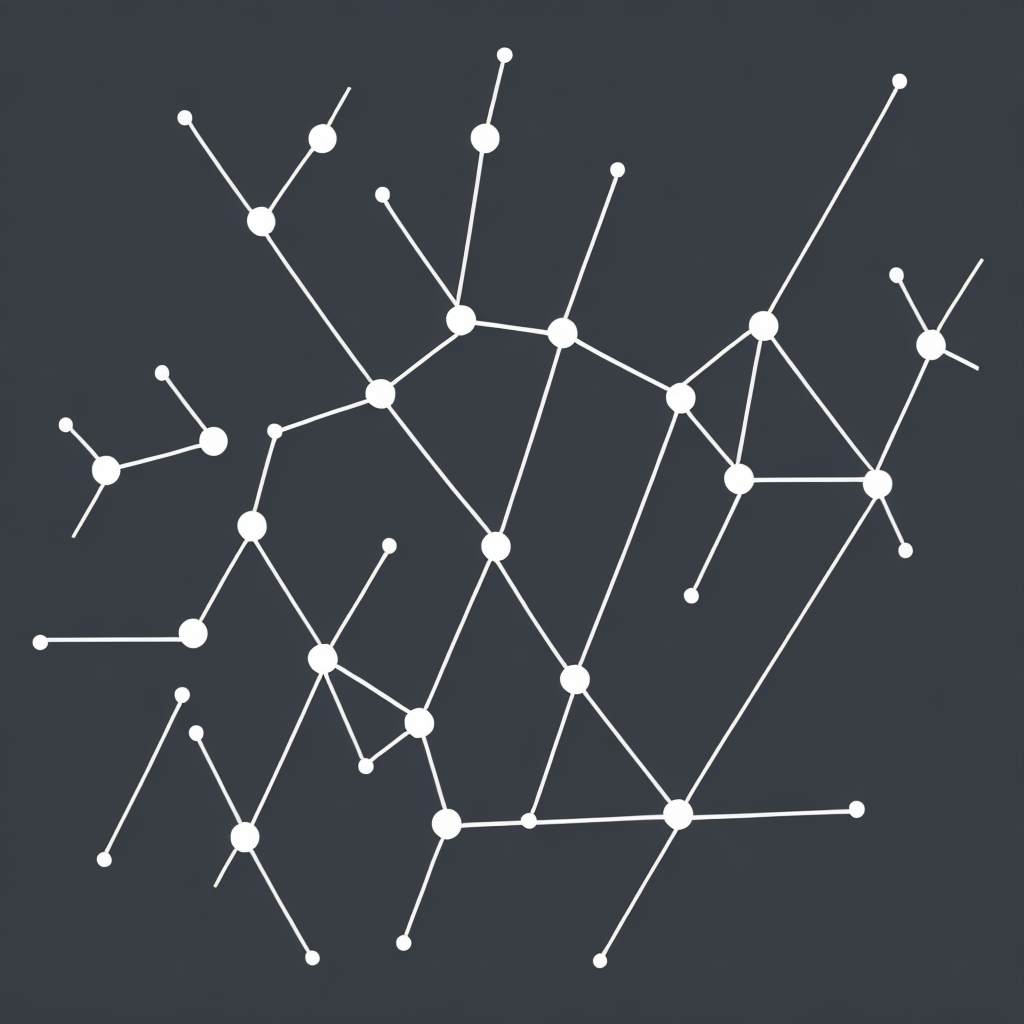Title: Unleashing the Potential of Knowledge Graphs: Facilitating Data Management and Enhancing Artificial Intelligence Applications
In recent years, Knowledge Graphs have reshaped the landscape of data management by forging connections between data entities and their relationships within a structured, interconnected framework. This article explores the transformative power of Knowledge Graphs, shedding light on their fundamental components, widespread applications, and contributions to AI advancements. It further delves into the intricacies of integrating data sources and enhancing knowledge discovery, as well as the potential for future growth and innovation in this rapidly evolving field.
The foundational aspects of Knowledge Graphs are highlighted through an examination of nodes and edges. These components enable the representation of data entities and their relationships, forming a network that models real-world complexities more effectively than conventional data structures. By investigating the construction and organization of Knowledge Graphs, we can grasp their potential to create comprehensive, interconnected data environments that enrich decision-making and facilitate more insightful data analysis.
Knowledge Graphs are increasingly making strides in various business domains. In healthcare, for instance, they enable personalized patient care, optimize resource management, and support evidence-based decision-making by integrating vast amounts of clinical data. In financial services, Knowledge Graphs improve risk analysis, streamline compliance protocols, and foster better customer interactions through targeted recommendations. In retail, they empower businesses to enhance supply chain efficiency, increase user engagement, and uncover new business opportunities through sophisticated customer profiling.
As Knowledge Graphs play a pivotal role in AI, they become an indispensable tool for augmenting machine understanding, interpretation, and decision-making. Through natural language processing, recommendation engines, and machine learning algorithms, Knowledge Graphs facilitate deeper integration of structured and unstructured data, leading to more accurate predictions, personalized experiences, and automated processes that reduce human intervention.
Concluding this in-depth investigation, it becomes evident that Knowledge Graphs are a cornerstone for future innovations in data management and AI. As industries continue to explore and adopt these powerful tools, there is an urgent need for ongoing research to address scalability, enhance performance, and ensure seamless integration across different systems and platforms. By harnessing the capabilities of Knowledge Graphs, we can unlock unprecedented levels of data insight, optimize processes, and drive transformative advancements across a multitude of sectors. Consequently, investing in Knowledge Graphs and fostering innovation in this domain will undoubtedly yield significant dividends in terms of both efficiency and intelligence.
